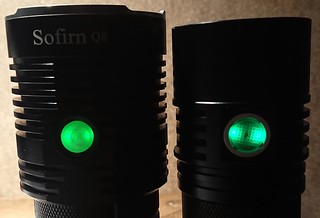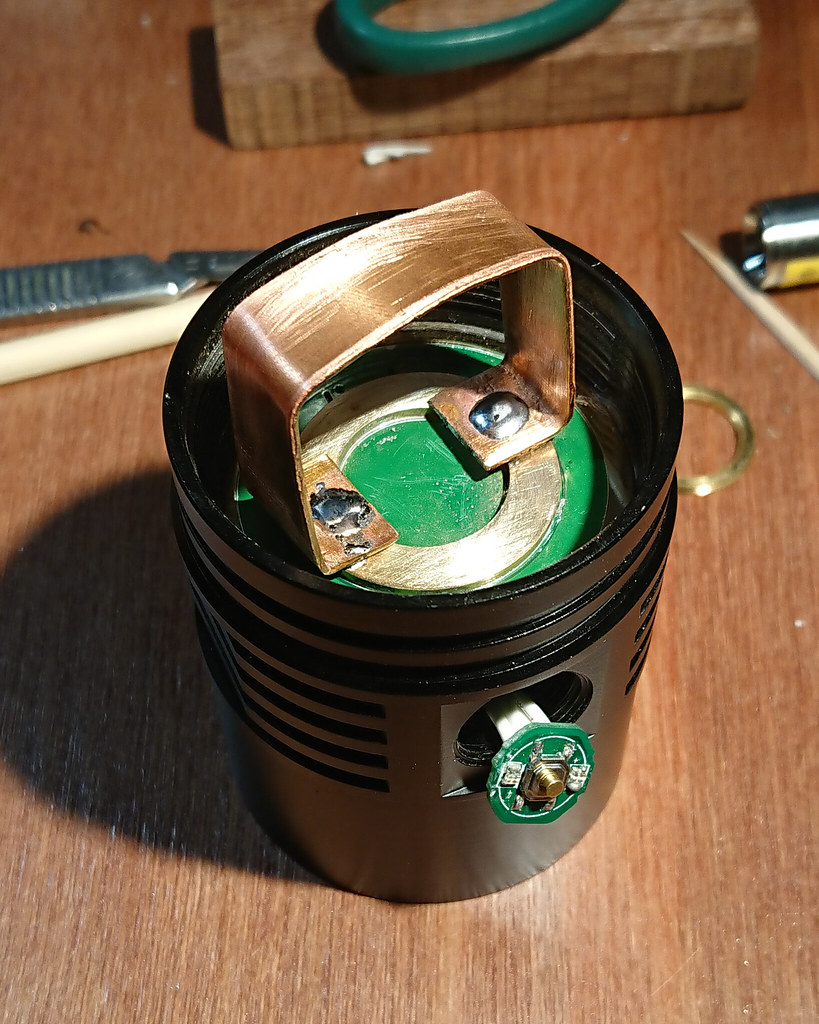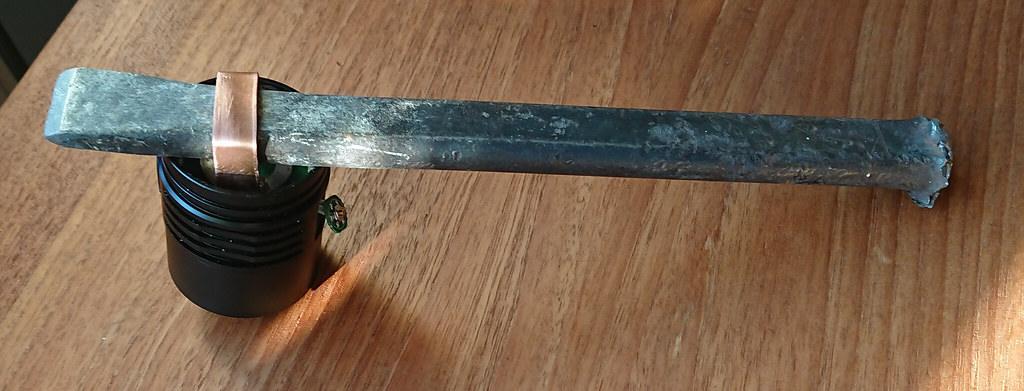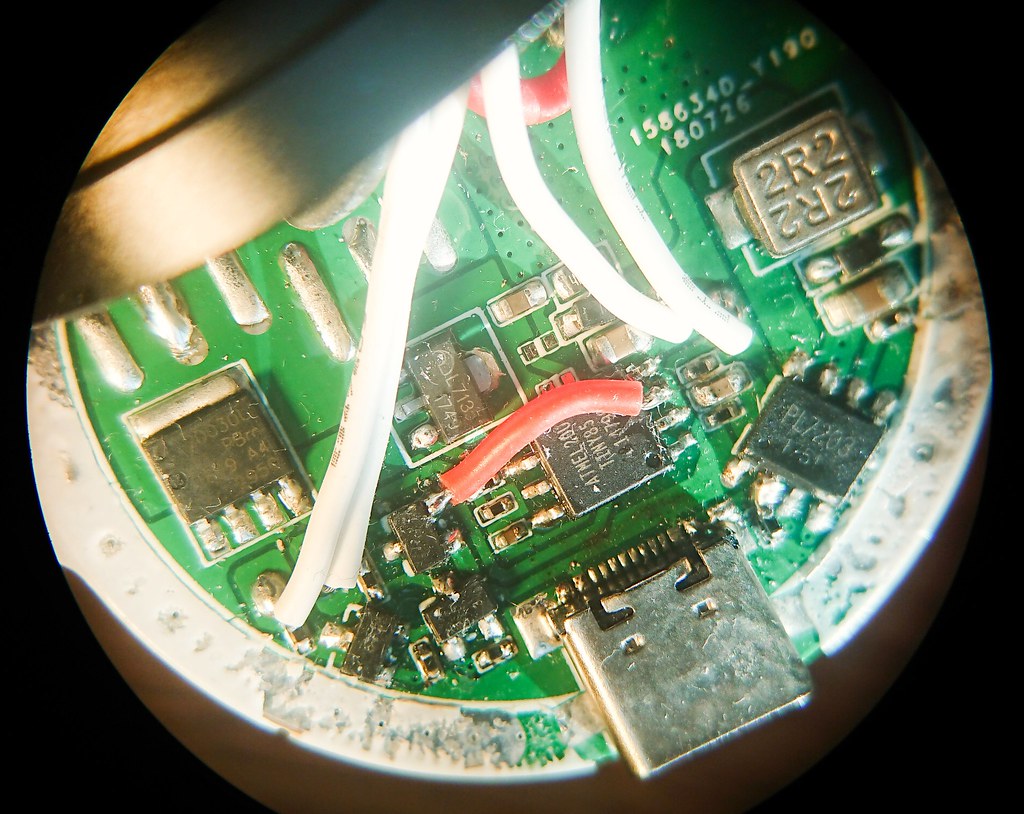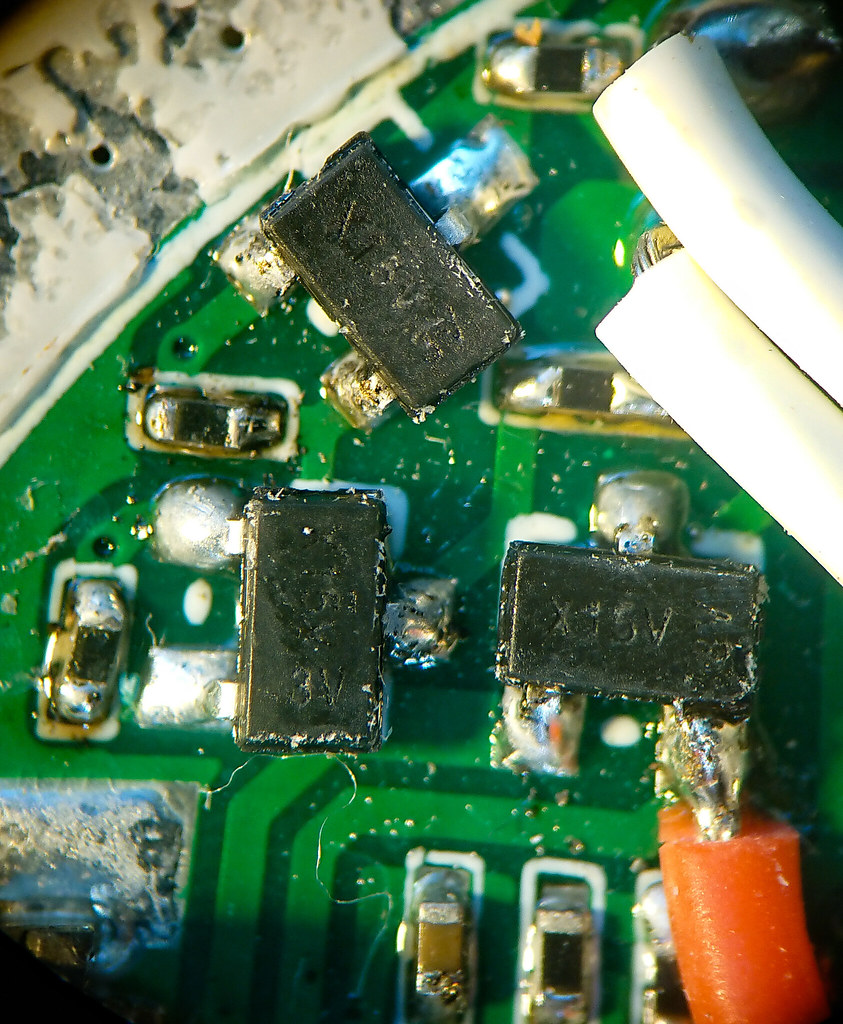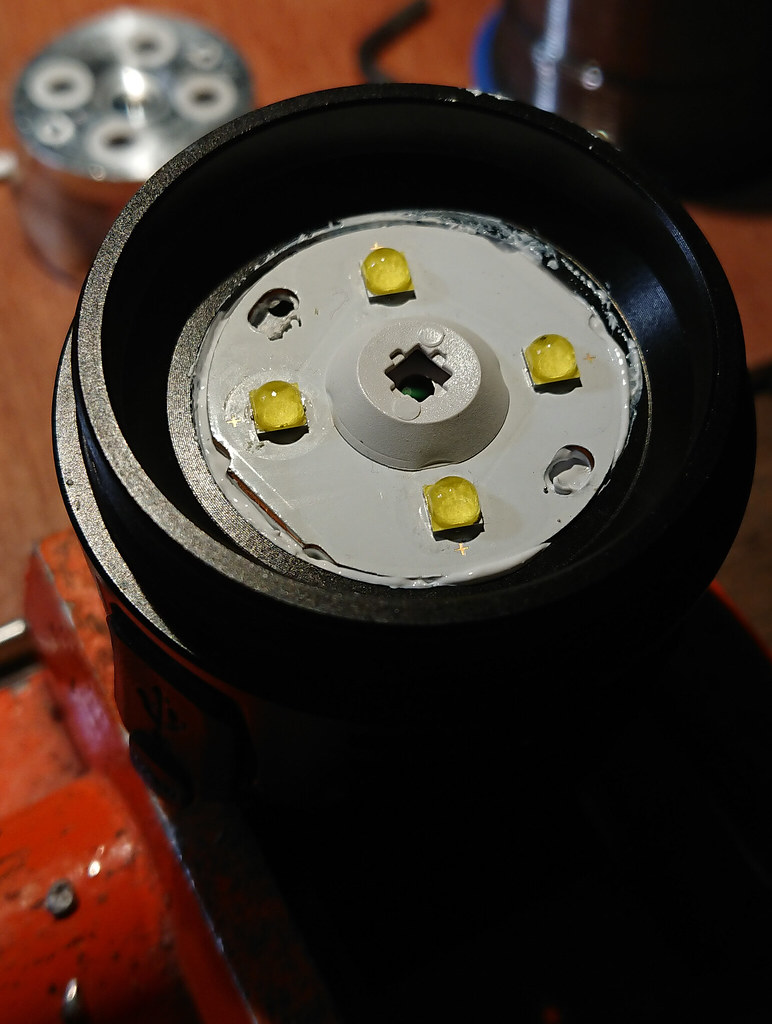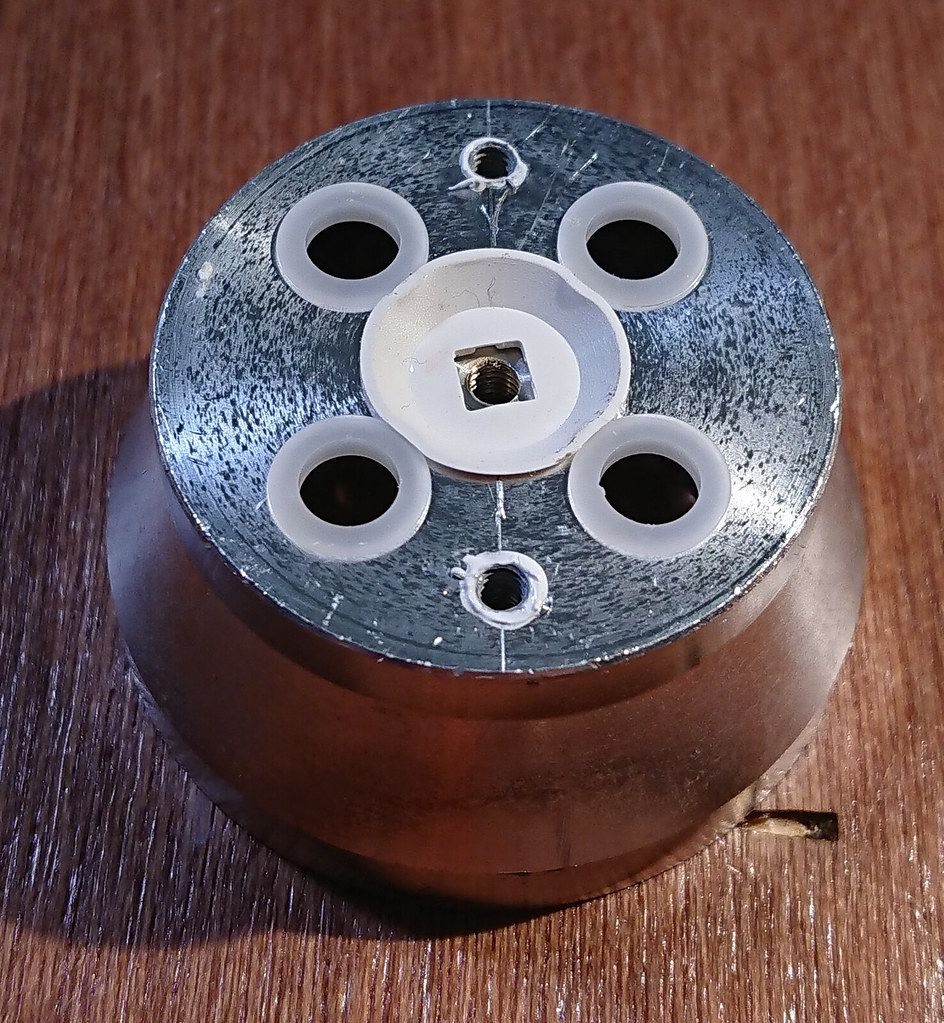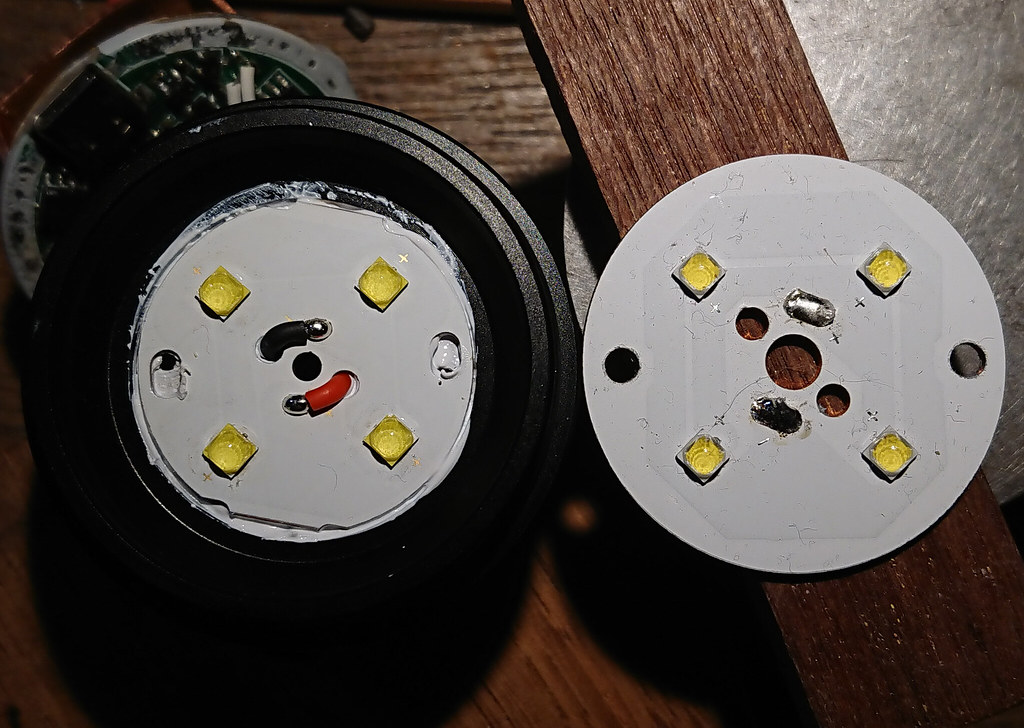Not bad at all. One parallel group of cells works as a giant group, so no problem there.
The only thing needed is temperature monitoring here, and a reverse polarity protection circuit for obvious reasons, physical, or electronic if possible.
E: I have to add something.
Different capacity+internal resistance cells in a parallel circuit is not too bad, since they will just be charging at different rates and will be equalized at the same voltage at the same rate.
The thing you do not want is putting different voltage cells in parallel. It won’t do much damage if the delta is less than 0,1V, but beyond that, it gets dangerous for the cells mostly.
UPDATE
Do not listen to my advice unless you have a multimeter and battery knowledge! It is advanced knowledge ![]()
Keep a matched set of batteries for one large multi-cell light, and keep them at the same charge level when putting it inside the light.
